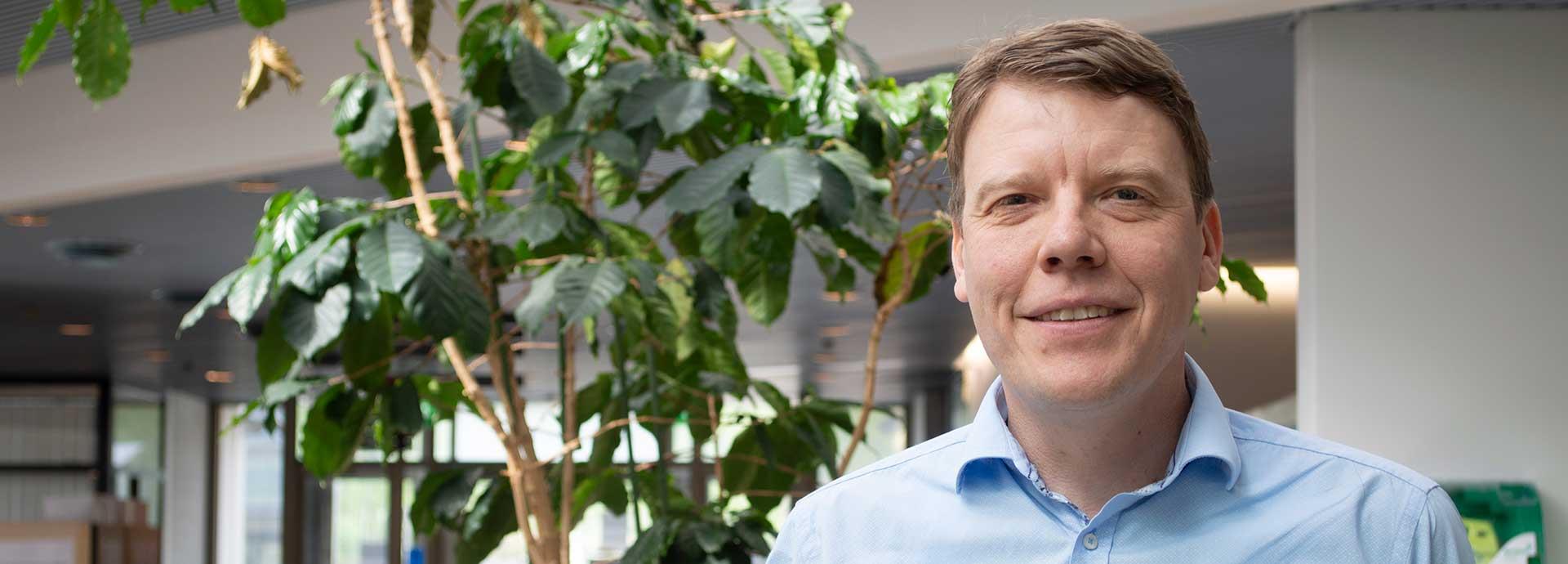

Our series In Conversation poses tough questions to thinkers, decision-makers and influencers on issues that matter.
1. You are a professor of energy efficiency at the LUT University and are vocal about climate change issues. What first drew your attention to this topic?
It was the year 2009 when I took over the energy efficiency professorship at LUT University. I began to delve deeper into the global energy consumption and was shocked when faced with the hard facts. We have international commitments to achieve carbon neutrality in a few decades, but majority of the energy we consume is still from fossil fuels. We have learned from history that for the society, change in primary energy source always requires about 40–70 years to penetrate. We don’t have that long! I became distressed and talked endlessly about renewable energy sources, to the point where my daughter banned me from talking about solar panels at home.
2. What happened next?
I wrote an article, with a colleague, to the biggest daily newspaper in Finland, praising the benefits of renewable energy, like solar power. I received a massive backlash from all fronts, from industry, energy companies, and the general public audience. I was called a goofy professor! However, after we, at the university, built what was then one of the biggest solar power plants in Finland, everybody wanted to come and see it. Now solar power is mainstream, and there will be probably over 20 000 solar power plants in Finland by the end of this year. It is a great achievement.
3. Along with solar power, wind power has also increased in Finland. Are renewable energy sources enough to meet the target of being carbon neutral by 2030 as the Finnish government has recently announced?
Wind and solar power are globally the most cost-efficient way of producing energy, but that is not enough to stop climate change, be carbon neutral by 2030 and finally be carbon negative from then on.
We need to change how we see the transportation and chemical industry, both of which use oil products for operation. Electric cars are good, but even if we could triple the capacity of the current batteries we have, aeroplanes would only be able to fly only about 1000 km. That is only 15 percent of the flight miles globally. Same goes for shipping, batteries are not the only answer. So, the next logical step is to think about how we can create synthetic, carbon-free, emission-free fuel, and replace the remaining fossil fuels.
4. Can you walk us through the plan you have to achieve carbon neutrality in the world by creating synthetic fuels?
Certainly. The thing is, we already know how to do this, the technology is old and has been invented along with space technology. All the ingredients we need to make sustainable fuel are around us. We can capture carbon dioxide from air, water from water sources and hydrogen from water using renewable energy sources (like wind and solar), and make fuel and other commodities such as plastic. The process is called catalytic synthesis, and the result is hydrocarbons suitable for replacing all fossil fuels and the products currently made out of them. Synthetic fuel can be used exactly the same way we use fuel now.
5. Is the idea of replacing fossil fuels with synthetics a pipe dream or reality?
We have all been taught to save electricity because it is expensive, and the way it is produced is polluting. Now we need to change our thinking. We need to see it as raw material, a commodity which we use to make fuel. Once we realise this, there are no obstacles anymore. This thinking has the potential to change world political dynamics, as energy becomes more democratic. Generated with solar power, synthetic fuel can now be produced anywhere in the world, and it is not expensive, once the technology can be scaled to an industry-level.
6. When can we expect the synthetic fuels to be a feasible option?
Look at the speed at which solar power become mainstream. A lot can happen in a few years. However, we researchers can diddle-daddle as much as we want in the laboratory, but unless the political environment is supportive, companies are not willing to make investments in this field. We need to get synthetic fuels to the same stature as biofuel for example, to get political support, subsidies and publicity, not to mention funding for ground research.
7. You were a front runner talking about solar energy and had to fight against people’s prejudices. Do you feel you are currently in a similar situation when you are promoting synthetic fuels made from the air?
Definitely. It is understandable that people are surprised when I tell them that you can make fuel from the air and that it doesn’t necessarily cost much! But I believe in a few years, hydrogen and direct air carbon dioxide capture technologies will reach mass production level. Once we can double the production, it will immediately bring the costs down, just like with solar panels.
8. What is your advice for people who feel distressed about climate change?
The problem will not be solved by denial or dwelling in anxiety. What we need is a concrete solution-oriented plan. Complaining does not result in anything. Everyone can look into solar or wind power as an energy source for their homes. I have personally decreased consumption of meat, and as a family, we have discussed holiday destinations to avoid flying. I am also enthusiastically promoting school children’s’ climate strike, as it is a concrete way to wake up the older generation. Big changes happen –starting from the root level.


